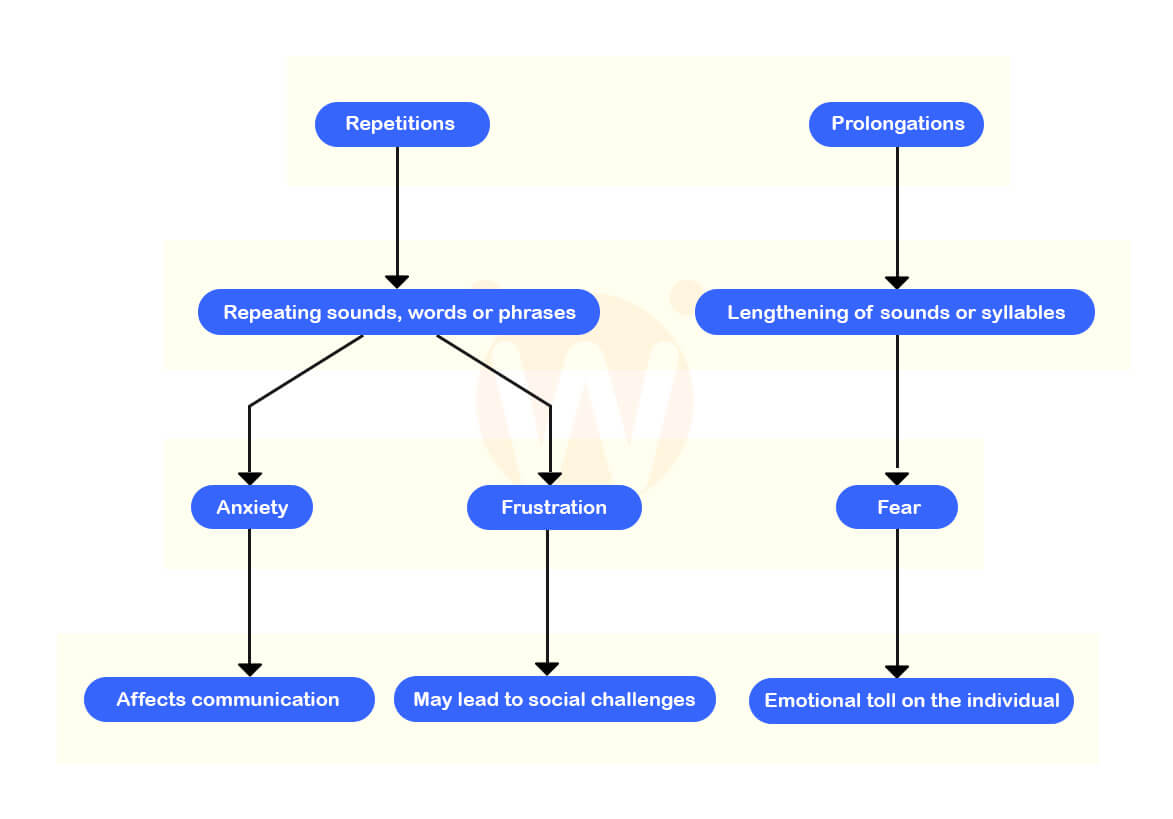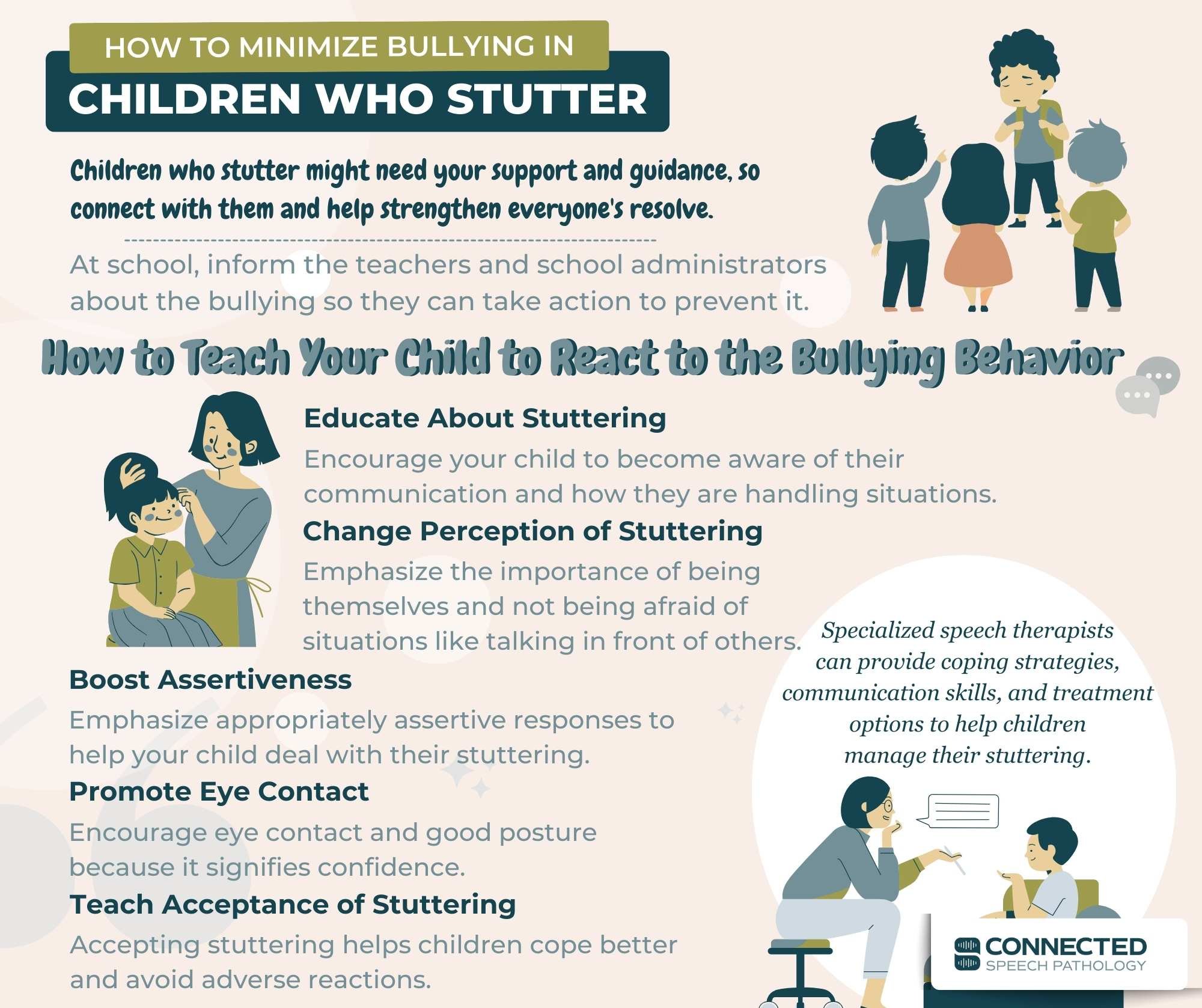
Table of Contents
Definition of stuttering
What is Stuttering?
Stuttering, often described as a speech disorder, manifests through disruptions or disfluencies in a person’s verbal communication. It can involve:
- Repetitions of sounds or syllables (e.g., “b-b-baby”).
- Prolongations of sounds (e.g., “mmmmommy”).
- Blocks where no sound is produced.
Imagine trying to speak but your words seem to get tangled up, leaving you frustrated and anxious. That’s the reality for many who stutter, impacting their everyday communication.
History of Stuttering
The understanding of stuttering has evolved remarkably over the ages. Ancient texts from Egypt documented cases of speech disorders, signaling awareness even back then. Here are some key historical highlights:
- Ancient Egypt: Records of individuals affected by speech difficulties.
- Greek Philosophy: Thinkers like Aristotle discussed stuttering, arguing that it was tied to emotions.
- 20th Century Breakthroughs: The development of therapy techniques, leading to better understanding and treatments.
Often, history reflects how society has perceived stuttering, shifting from stigma to a more compassionate understanding today.

Causes of Stuttering
Genetic Factors
You might be surprised to learn that genetics can play a significant role in stuttering. Research indicates that a family history of stuttering can increase an individual’s likelihood of experiencing it. For instance, if your parent or sibling stutters, chances are higher that you may too. Some contributing factors include:
- Family Studies: About 60% of children who stutter have a family member who also stuttered.
- Genetic Links: Certain genes are believed to influence speech development.
Neurophysiological Factors
Stuttering isn’t just about genes; it’s also connected to how our brains function. Differences in brain structure and activity can affect speech fluency. Some notable points include:
- Brain Imbalance: Research suggests that stutterers may have differences in neural pathways responsible for speech.
- Motor Control: Issues with the brain’s motor control systems can contribute to disfluencies.
Imagine that speech is like a symphony; sometimes, the instruments just don’t play together harmoniously, leading to those frustrating pauses and repetitions. Understanding these factors can illuminate paths toward effective strategies for communication.

Types of Stuttering
Developmental Stuttering
Developmental stuttering is the most common type, often emerging in early childhood during the critical stages of speech development. Imagine a child excitedly trying to share a story but getting tangled in their words. This type often varies in severity and can be influenced by:
- Age: Most prevalent between ages 2 to 5.
- Environmental Factors: Stressful situations or rapid speech can exacerbate stuttering.
While many children outgrow it, early intervention is crucial to build confidence and communication skills.
Neurogenic Stuttering
On the other hand, neurogenic stuttering occurs after a neurological event, such as a stroke or traumatic brain injury. This type is often characterized by:
- Consistency of Stuttering: It may occur across different speaking situations.
- Accompanying Speech Patterns: Often linked with other speech disorders or issues.
For instance, someone might have once spoken fluently but struggles with words after a significant brain injury. Recognizing these types can guide individuals and families toward appropriate support and resources. With understanding comes empowerment!

Symptoms of Stuttering
Repetitions of Sounds
One of the telltale signs of stuttering is the repetition of sounds. Picture someone trying to express excitement about a favorite hobby but stumbling over their words, saying, “I-I-I love to paint!” This symptom can include:
- Single Sounds: Repeated letters or syllables (e.g., “b-b-basket”).
- Syllables: Repetition of longer segments in words (e.g., “wa-wa-water”).
These repetitions can be disheartening, leading to feelings of frustration or embarrassment when trying to communicate.
Prolongations of Sounds
Another common symptom is the prolongation of sounds. This is when a person stretches out a sound, like saying “ssssometimes” instead of “sometimes.” Prolongations can manifest as:
- Single Sounds: Extended letters, which may draw attention (e.g., “mmmom”).
- Syllable Stretches: Lengthening of complete syllables, affecting the flow of speech.
Both of these symptoms can cause individuals to hesitate or pause mid-sentence, making conversation feel like an uphill battle. Recognizing these signs is the first step toward understanding and coping with stuttering in everyday life.
Diagnosis and Assessment of Stuttering
Speech and Language Evaluation
When it comes to diagnosing stuttering, a thorough speech and language evaluation is paramount. Imagine walking into a clinic, where a speech-language pathologist (SLP) observes and interacts with you, assessing your speech patterns. This evaluation typically includes:
- Conversational Samples: Collecting samples of spontaneous speech to observe disfluencies.
- Standardized Tests: Using specific tools to measure the frequency and type of stuttering.
This comprehensive approach helps identify the nature and severity of the stuttering, providing a clear picture for the next steps.
Psychological Assessment
In addition to speech evaluations, psychological assessments play a crucial role in understanding the emotional aspects of stuttering. Often, individuals who stutter experience anxiety or frustration, which needs to be addressed. This assessment may include:
- Behavioral Observations: Examining how stuttering affects social interactions.
- Questionnaires: Gathering insights on feelings related to communication.
Imagine feeling supported not just in verbal expression but in your emotional well-being too. By combining both assessments, professionals can craft a tailored treatment plan that addresses all facets of stuttering, empowering individuals to communicate confidently.

Treatment Options for Stuttering
Speech Therapy
Speech therapy is often the cornerstone of treatment for stuttering. It provides individuals with tools to improve their fluency and regain confidence in their speaking abilities. During therapy, you might experience activities such as:
- Fluency Shaping Techniques: Methods that help regulate speech patterns.
- Counseling: Addressing emotional impacts related to stuttering.
Picture attending sessions where you practice speaking in a supportive environment, gradually building up to more challenging situations.
Medications
While medication is not a primary treatment for stuttering, some individuals may benefit from it, particularly if associated anxiety is present. Medications might include:
- Anti-Anxiety Drugs: Helping to manage the stress related to speaking.
- Antidepressants: Addressing underlying emotional concerns.
Imagine feeling more at ease in conversations, which can indirectly improve fluency. It’s important to consult with healthcare professionals to determine the best combination of strategies tailored for you. Together, speech therapy and, when necessary, medication, can empower you to tackle stuttering with newfound confidence!

Coping Strategies for People who Stutter
Support Groups
Joining support groups can be a transformative experience for individuals who stutter. Connecting with others who share similar challenges fosters a sense of community and understanding. In these groups, you might find:
- Shared Experiences: Hearing how others cope can provide insights and strategies.
- Encouragement: A safe space to practice speaking without judgment.
Imagine sitting in a circle, passionately discussing your triumphs and struggles, empowering one another on the communication journey.
Relaxation Techniques
In addition to support, incorporating relaxation techniques can significantly reduce anxiety associated with speaking. Some effective methods include:
- Deep Breathing: Calming your mind before conversations.
- Mindfulness and Meditation: Focusing on the present moment to alleviate worry.
Picture taking a few moments to center yourself before engaging in a meaningful discussion. By combining the strength of community with personal relaxation practices, individuals who stutter can enhance their daily communication experiences, embracing their voices with confidence!

Famous Individuals who Stutter
Winston Churchill
Winston Churchill, the famed British Prime Minister, is perhaps one of the most iconic figures to have stuttered. His remarkable ability to rally a nation during World War II was not overshadowed by his speech difficulties. Churchill’s stutter presented significant challenges during his youth, but he turned it into a unique part of his speaking style. Key points about Churchill include:
- Public Speaking: Despite his stutter, he became an eloquent orator.
- Overcoming Challenges: He used techniques like maintaining a steady rhythm.
Imagine the courage he displayed while addressing nations, proving that stuttering does not define one’s capability.
Emily Blunt
Another notable figure is actress Emily Blunt, who has openly shared her struggles with stuttering. Rather than allowing it to hinder her success, she transformed her challenges into motivation. Some highlights of her journey include:
- Acting as Therapy: Blunt found that performing helped her manage her stutter.
- Advocacy: She encourages young people to embrace their uniqueness and pursue their passions.
A vivid image is that of her commanding the screen, showcasing that with determination and resilience, anyone can overcome the hurdles of stuttering. These individuals serve as powerful reminders that success can blossom from adversity!

Myths and Misconceptions About Stuttering
Stuttering is often surrounded by various myths and misconceptions that can perpetuate stigma. It’s crucial to dispel these myths to foster understanding and support. Here are some common misunderstandings:
Myth 1: Stuttering is a Result of Nervousness
While anxiety can exacerbate stuttering, it is not the primary cause. Many fluent speakers may feel nervous too!
Myth 2: People Who Stutter are Less Intelligent
This misconception couldn’t be further from the truth. Many people who stutter are incredibly intelligent and articulate in writing.
Myth 3: Stuttering Can Be Outgrown Easily
Though some children do outgrow stuttering, many require support and intervention to manage their speech effectively.
Understanding these misconceptions can lead to more compassion and support for individuals who stutter, enabling them to thrive without the weight of stigma.